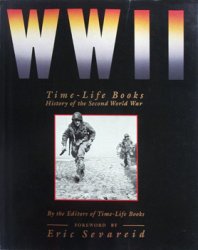Analogy Analogy is the cognitive process of transferring
Information from a particular subject (the analogue or source), the more familiar area of experience, to what is typically the more problematic area of experience (the target). Experimental archaeology is a kind of scripted analogy. archaeological open-air center An archaeological open air center is an outdoor themed facility with (re)constructed buildings (artifacts, animals, environments), based on (in most cases prehistoric or medieval) archaeological and historical sources.
Ethnoarchaeology There are resemblances possible between archaeological information and the information derived from observations of present-day preindustrial societies. This has been suggested and practiced since Sir John Lubbock in 1865. The value of ethnoarchaeology lies in the fact that the people observed master their techniques quite well, this in contrast to most archaeologists. Ethnoarchaeological observations are hardly ever comparable with archaeological observations at a 1:1 scale. This - and the fact that there are hardly any societies to be studied, undisturbed by industrial societies - makes the use of scripted analogies (experimental archaeology) taking a larger role.
Experimental archaeology ‘‘A sub-field of archaeological research which employs a number of different methods, techniques, analyses, and approaches within the context of a controllable imitative experiment to replicate past phenomena (from objects to systems) in order to generate and test hypotheses to provide or enhance analogies for archaeological interpretation.’’ Source: Mathieu (2002, 1). living history Historical authentic activities in an appropriate context, often an archaeological open-air museum. Interpreters engaged in living history may be in role (first-person interpretation) or simply in costume (third-person interpretation). Source: (Http://www. imtal-europe. org) primitive technology Working with materials and techniques, inspired by past or present preindustrial cultures. It involves gathering experiences which are not necessarily translated into a feedback to the (archaeological) source. It can be regarded as a step toward experimental archaeology.
Reconstruction/model/construct As the use of the word ‘reconstruction’ implies a high level of certainty, the word ‘construct’ was introduced. Some people speak of a model at scale 1:1. A simple construct would look like how the original might have looked like at the moment of production, but made in a modern way and maybe with modern materials. A more evolved construct would be made in the possible ‘original’ way. The final level of constructs would be made the way we think it might have been like and also used as we suppose it was. This final category is setting the construct into an experimental framework as it is such action and such use that creates data which we can compare again to the archaeological data.




 World History
World History









